The Philippines is blessed with abundant sunshine, countless bodies of water, and a growing need for clean energy. That’s why floating solar energy, or solar panels installed on water, is becoming an exciting solution here.
At Nativ Techniks, we believe floating solar holds massive potential to transform the country’s renewable energy landscape. We are proud to be at the forefront of introducing and supporting these innovative projects in the Philippines.
In this blog, we’ll explore why the Philippines is the ideal location for floating solar projects, the benefits they bring, and how we at Nativ Techniks can help bring these sustainable solutions to life.
Abundant Sunshine and Growing Energy Demand
The Philippines enjoys around 4.5–5.5 kWh of solar energy per square meter per day, making it one of the sunniest countries in Southeast Asia. This means we have a reliable, consistent source of solar energy almost year-round.
At the same time, the country faces rising electricity demand due to population growth, rapid urbanization, and industrial expansion. According to the Department of Energy (DOE), the Philippines needs to increase its power generation capacity significantly in the next decade to meet future needs.
Floating solar can help meet this demand by adding clean energy capacity without taking up scarce land resources.
Limited Land, Plenty of Water
One of the main reasons floating solar is so attractive in the Philippines is because land is limited and expensive. Building large solar farms on land can lead to competition with agricultural use, urban development, or environmental conservation.
However, the Philippines has over 7,600 islands and countless lakes, reservoirs, and dams. These water bodies are perfect candidates for floating solar installations. In fact, the DOE has already identified several hydropower reservoirs where floating solar can be deployed alongside existing hydropower plants, boosting total energy output.
Addressing Climate Change and Energy Resilience
The Philippines is one of the countries most vulnerable to climate change, facing stronger typhoons, rising sea levels, and extreme weather events. Floating solar provides an opportunity to reduce the country’s dependence on fossil fuels, cut greenhouse gas emissions, and build a more resilient energy system.
What makes floating solar particularly appealing is that it can be combined with energy storage or hybrid systems (like hydro-solar setups), which help balance supply and demand even when the sun isn’t shining. This strengthens the grid and improves energy security.
At Nativ Techniks, we specialize in designing renewable energy systems that not only provide clean power but also enhance resilience in the face of climate risks.
Technical Advantages of Floating Solar
Floating solar offers several technical and operational advantages:
- Higher Efficiency: Solar panels on water stay cooler, which improves their efficiency by 5–15% compared to land-based systems.
- Reduced Water Evaporation: Floating structures help cover water surfaces, reducing evaporation in dams and reservoirs, which is especially useful in dry seasons.
- Lower Land Costs: By using water, developers avoid the high costs of land acquisition and site preparation.
- Synergy with Hydropower: Floating solar can integrate with hydropower plants, sharing transmission lines and balancing energy production.
Active Government Support and Policies
The Philippine government has been actively promoting renewable energy development. Under the Renewable Energy Act of 2008, there are incentives such as tax breaks, duty-free importation of equipment, and feed-in tariffs for qualified renewable energy projects.
Recently, the DOE has been more open to hybrid renewable energy solutions, including floating solar. Several pilot projects have already been announced, including partnerships between private developers and the National Irrigation Administration (NIA) to use irrigation dams for floating solar arrays.
At Nativ Techniks, we help our clients navigate the local regulatory landscape, apply for incentives, and develop projects that align with national energy goals.
Challenges and How We Overcome Them
Of course, floating solar isn’t without challenges. Issues such as:
- Potential environmental impacts on aquatic ecosystems.
- Maintenance and durability in typhoon-prone areas.
- Higher upfront costs compared to land-based systems.
But these challenges are manageable. With careful site assessment, robust engineering, and long-term maintenance planning, floating solar can thrive in the Philippines.
Final Thoughts
The Philippines has everything it needs to become a leader in floating solar energy: sunlight, water resources, and a growing need for sustainable power. Floating solar not only provides clean energy but also offers smart solutions for land use, water management, and climate resilience.
At Nativ Techniks, we believe in the transformative power of renewable energy. We are ready to partner with you to bring innovative solar projects to life, helping build a greener, more sustainable Philippines for generations to come.
Let’s work together for a brighter future. Contact us to learn more and discover the ideal panel for your needs. To call, dial +639176310032 or write to us directly at wecare@nativtechniks.com
Also read our other blogs
Philippines Solar Energy Goals for 2030: A 2025 Progress Report
Reduce Your Summer Electricity Bill with Solar Energy – Here’s How
Philippines Solar Energy Market: Opportunities and Challenges in 2025 and Beyond
Understanding Solar Energy Policies in the Philippines: A guide for Investors


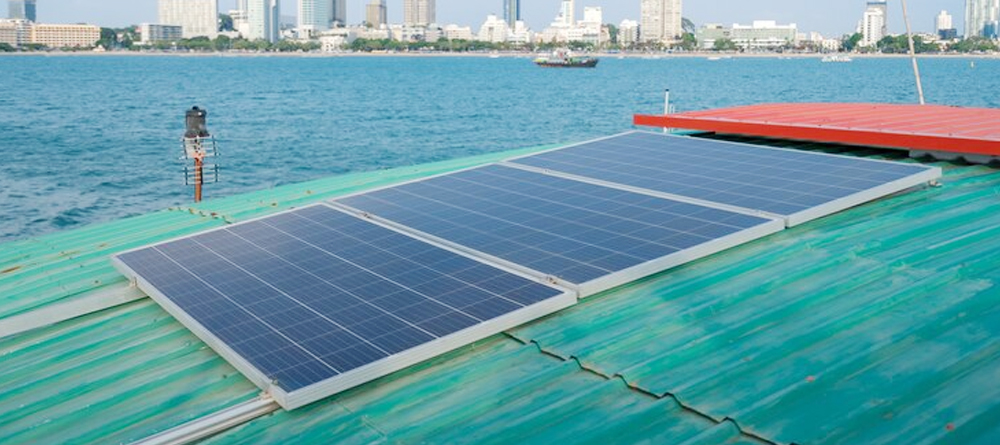

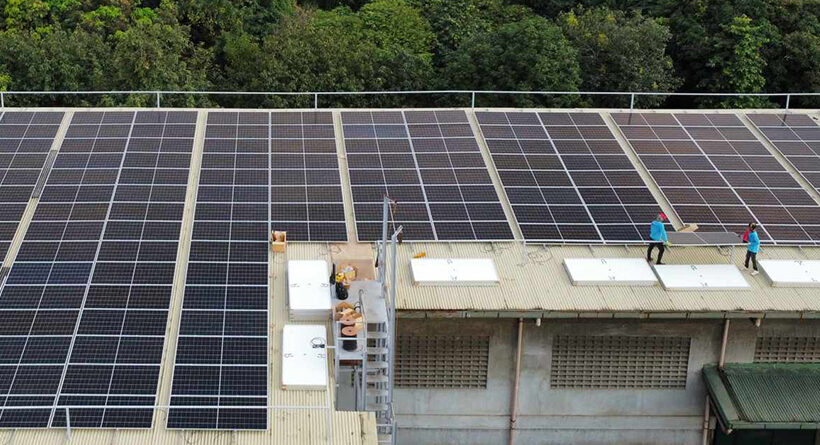



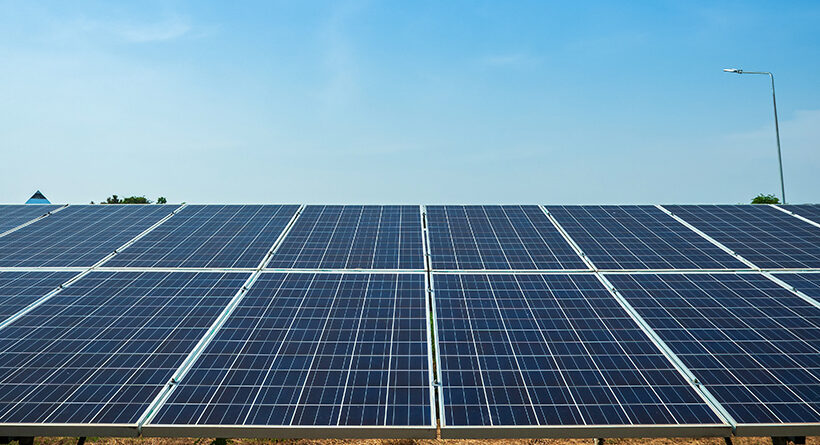


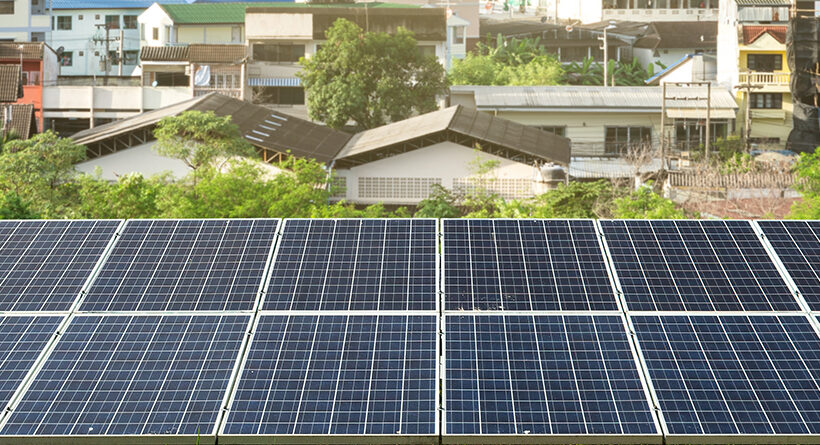
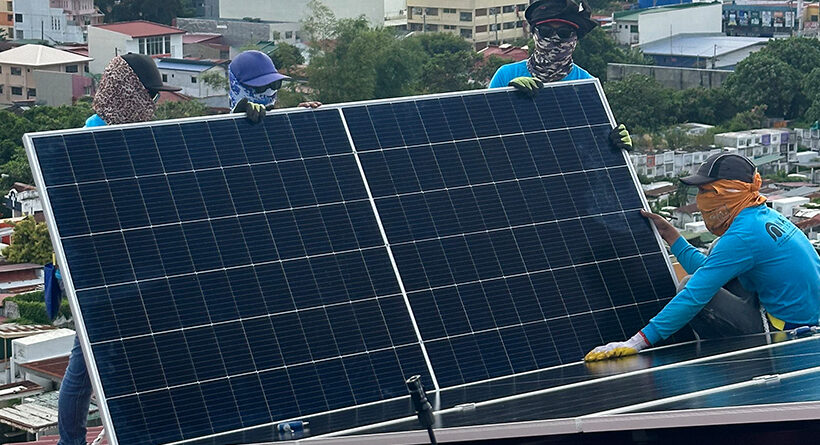
Leave a Reply